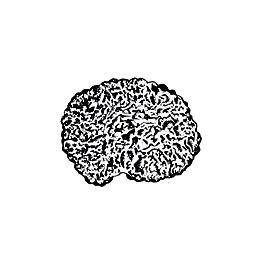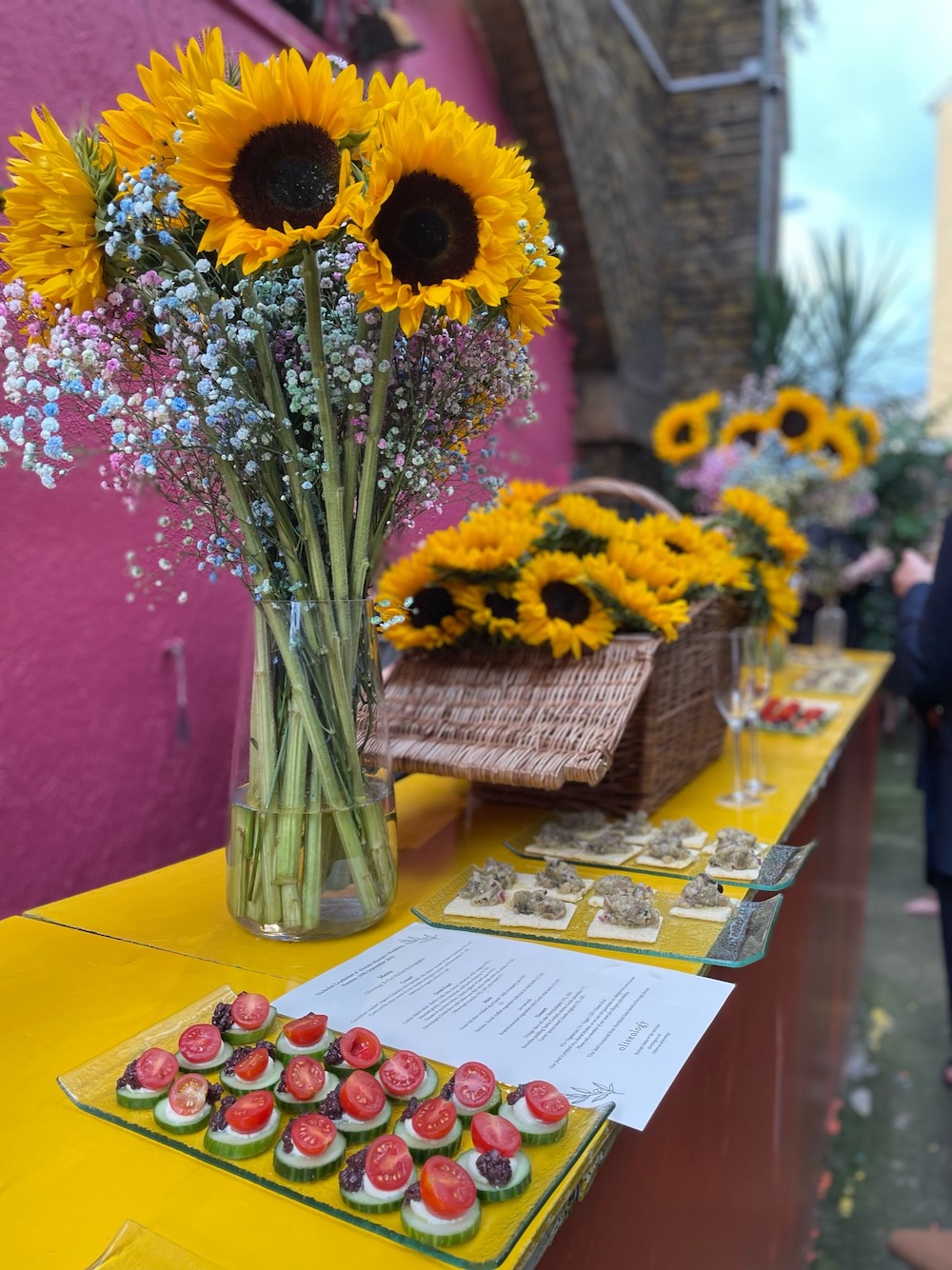
Greek truffles
Truffles have been known since ancient times. The ancient Greeks regarded them as being the products of lightning strikes on trees. Many ancient authors such as Dioscourides, Athenaeus, Theoprastus, Plutarch, Pliny and Cicero extol the virtues of truffles. Their strong earthy aroma invokes memories of autumnal forests. Truffles are relatively rare species of a subterranean fungi that form symbiotic relationships with the roots of certain trees. Truffle is the generic name of all the fungi belonging to the family Tuberaceae and to the genera Tuber and Terfezia. Their size varies from 2-7cm and they grow underground at a depth of 6-15 cm. Like all fungi they cannot manufacture the necessary substances to survive. Instead by using a mycorhizzal web, they share nutrients and water with their neighbours. This mycorrhizal symbiosis, creates a natural system from which all parties benefit.
The truffle forms underground on the root of the partner tree. It has a rough irregular appearance, and can be from pea to orange sized. Each genus has its own characteristics including appearance and smell (which is most pronounced at full maturity). This pungent truffle smell is due to organic compounds collectively called volatiles especially dimethylsulphide (also present in asparagus). Of the 100 or so varieties of truffle, not all are edible, but none are toxic. Truffles are renowned for their healing properties for muscular and arthritic pain, lowering cholesterol levels, and of course their aphrodisiacal function.
